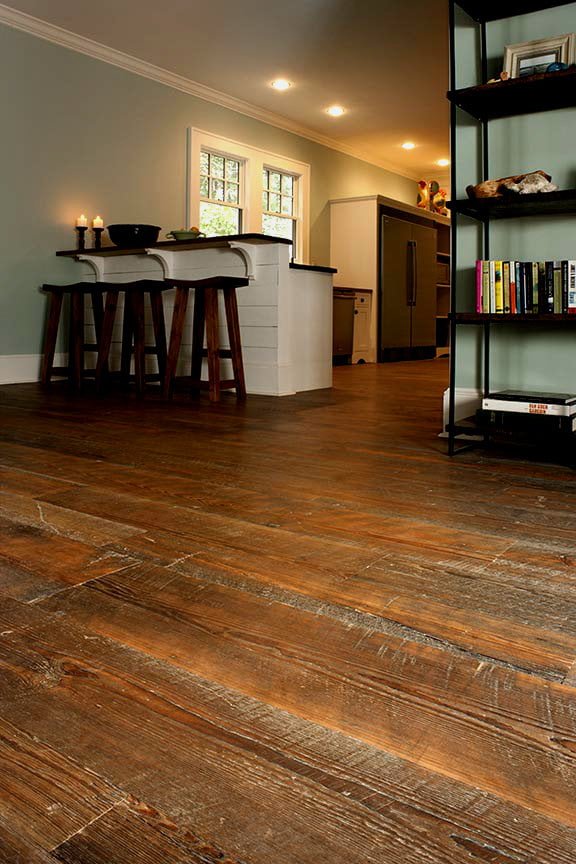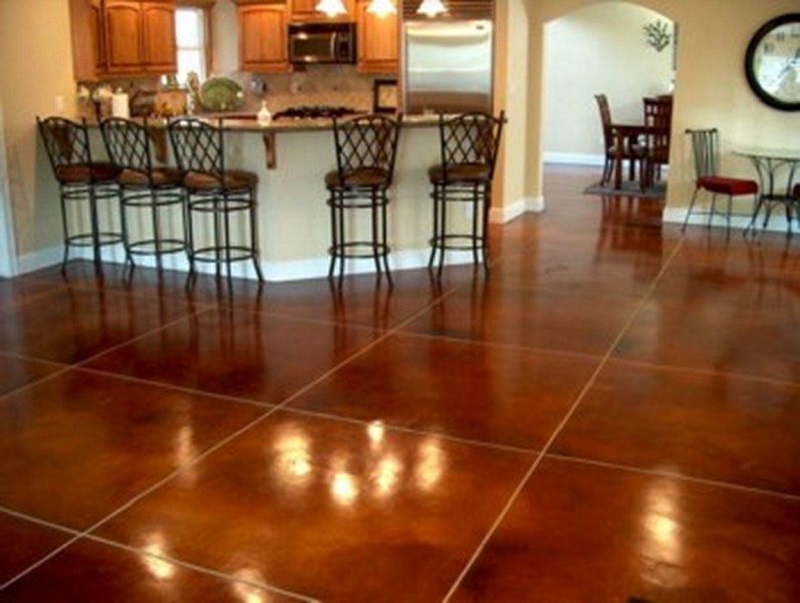Residential Stained Concrete Floors Built for Beauty and Functionality
Why Local Tainted Flooring Is the Perfect Choice for Sustainable Home Improvement
In the world of lasting home enhancement, local stained floor covering has actually become a preferred choice amongst environmentally mindful homeowners. The distinct mix of visual charm, durability, and ecological benefits it supplies can not be forgotten. By utilizing locally sourced timber, it cultivates a positive environmental influence, and the staining process improves durability while decreasing damaging chemical usage. As a cost-efficient investment with lowered upkeep needs, it increases a thought-provoking inquiry: could this be the perfect service for sustainable housing?
Recognizing the Concept of Neighborhood Discolored Flooring
While the notion may seem novel to some, regional stained floor covering is an ingenious method to home enhancement that combines looks, sturdiness, and sustainability. The term refers to the usage of locally sourced timber that is stained to accomplish a distinct visual appeal. The discoloration process not just enhances the natural beauty of the timber grain but likewise includes a layer of protection, enhancing the durability of the floor covering. This method is considered lasting as it reduces the demand for transport of resources from far-off areas, hence reducing carbon footprints. In addition, making use of local wood varieties frequently supports neighborhood economic climates and promotes liable woodland administration methods. This concept, as a result, supplies home owners an environmentally liable choice without compromising aesthetic allure or toughness.
The Looks of Local Tainted Floor Covering
Why is local discolored floor covering acquiring popularity for its aesthetics? Local discolored flooring uses a diverse variety of shades and patterns, reflecting the all-natural beauty and variations of the regional timber species made use of. Ultimately, the attraction of local discolored floor covering lies in its ability to transform homes right into distinct, visually appealing spaces while advertising sustainability.
Ecological Impacts of Regional Discolored Flooring
The environmental ramifications of neighborhood tarnished floor covering encompass two significant factors: minimizing carbon footprint and waste reduction advantages. Utilizing locally sourced materials for tarnishing not only diminishes transportation emissions, however likewise promotes lasting forestry practices. The waste reduction element comes into play as these floor covering kinds commonly have a longer life expectancy, minimizing the regular requirement for replacements and the waste linked with it.
Reducing Carbon Footprint
As property owners transform to even more sustainable options, neighborhood stained flooring arises as a practical solution to minimize carbon footprint. This sort of floor covering greatly utilizes locally sourced products, which considerably minimizes the requirement for transport. Consequently, this minimizes discharges related to freight transport, adding to reduced levels of greenhouse gases in the atmosphere. Moreover, the process of staining the floor covering, instead of making use of artificial coatings, involves fewer chemicals and much less energy-intensive treatments. This leads to a reduction in carbon discharges throughout the production process. Choosing for local tarnished flooring demonstrates an effective action in promoting ecological sustainability, highlighting a substantial means homeowners can add to combating climate adjustment from the comfort of their very own homes.
Waste Reduction Perks
Although often overlooked, waste minimization is one more significant benefit of local tarnished floor covering. By selecting this choice, homeowners help in reducing the mass of waste headed to garbage dumps. This flooring type, usually sourced from regional timber, can be recovered, refinished, and recycled, including in its long life. Unlike synthetic floor covering, it does not contribute to the growth of non-biodegradable waste. In addition, the discoloration process utilizes fewer sources and generates less waste compared to making brand-new flooring materials. Furthermore, any type of waste generated throughout the staining procedure is usually organic and biodegradable, mitigating environmental damage. Consequently, the choice of local tarnished floor covering not just enhances homes yet also underpins a commitment to sustainable living and waste decrease.
The Resilience and Upkeep of Local Stained Floor Covering

The Cost-Effectiveness of Regional Discolored Flooring
While regional discolored flooring might originally appear more expensive than various other alternatives such as carpet or laminate, its durability and longevity quickly transform it right into a cost-efficient selection. The in advance price is commonly offset by the decrease in maintenance costs gradually. Unlike carpets that require routine deep cleaning or laminate that might require substitute after a few years, tarnished floors are built to last, reducing the requirement for costly repairs or replacement. Furthermore, local sourcing of products lowers transportation prices, adding to both monetary cost savings and a lower carbon impact. For house owners seeking a sustainable, economical option for their floor covering needs, neighborhood stained flooring arises as a remarkable, lasting financial investment that pays off with time.

Reality Instances of Sustainable Houses With Local Tarnished Floor Covering
In the realm of lasting home enhancement, local discolored floor covering has arised as a popular choice. To further show its benefits, numerous reality instances of environmentally friendly homes that have actually effectively integrated this floor covering technique will be highlighted. These study supply substantial evidence of the benefits and effect of utilizing local tarnished floor covering in sustainable homes.

Display: Eco-Friendly Floor Covering Residences
Scanning the world, one can discover numerous homes that embody the concept of environmentally friendly living with using local stained floor covering. In the heart of Denmark, a minimal home prides itself on its oak-stained floors, sourced and treated within the local area. Throughout seas in copyright, a modern-day residence showcases its abundant, maple-stained flooring, a testament to the abundant neighborhood wood supply. Down under in Australia, a beach residence beams with its eucalyptus-stained floorings, showing the country's indigenous plants. These homes not only display the aesthetic convenience of neighborhood discolored flooring yet additionally its contribution to a more lasting see here way of life. Each floor narrates of respect for the setting, verifying that style and sustainability can indeed exist side-by-side.
Neighborhood Tarnished Flooring Benefits
The undeniable appeal of neighborhood discolored flooring prolongs beyond its aesthetic charm, as it also provides significant benefits to both property owners and the atmosphere. One more instance is a green-certified home in Austin, Texas, where locally sourced walnut was tarnished and made use of for flooring, contributing to the home's LEED certification.
Final thought
In conclusion, local stained floor covering is a sensible and sustainable choice for home enhancement. With its unique blend of ecological, cost-effective and aesthetic advantages, local discolored floor covering is a clear option for homeowners looking for a sustainable, aesthetically appealing and cost-efficient home renovation service.
In the realm of sustainable home improvement, regional tarnished floor covering has arised as a prominent selection among ecologically conscious house owners. Local stained flooring offers a diverse variety of patterns and colors, reflecting the all-natural elegance and variants of the neighborhood timber species utilized. The option of neighborhood tarnished floor covering not only beautifies homes however also underpins a commitment to sustainable living and waste reduction.
For house owners looking for a lasting, affordable remedy for their floor covering requires, regional discolored floor covering emerges as a remarkable, long-lasting financial investment that pays off over time. Local Stained Concrete.
With its one-of-a-kind mix of ecological, cost-effective and visual benefits, local original site tarnished floor covering is a clear selection for home owners seeking a sustainable, cost-effective and aesthetically attractive home renovation option.